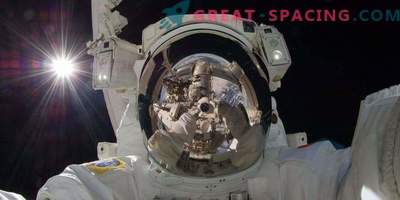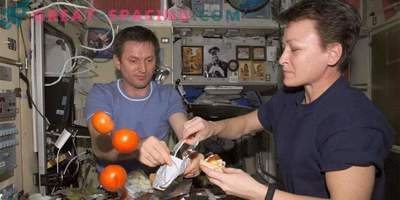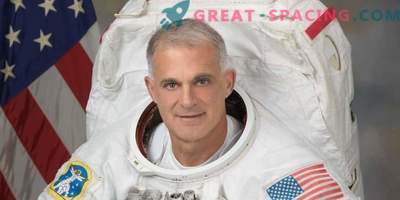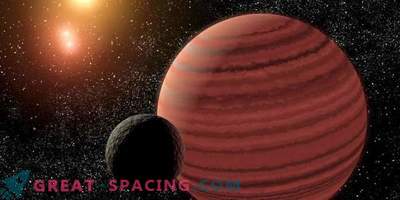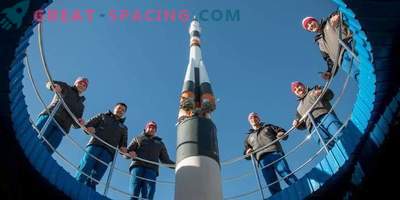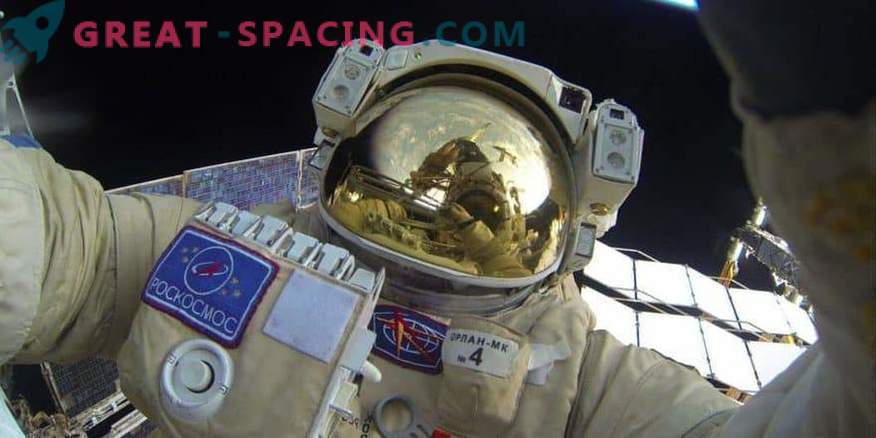
The astronaut is a romantic and exciting profession, if you ignore the deadly threats, the difficult journey, as well as the difficult period of adaptation, which for many people becomes an incredible challenge. But, perhaps, finally managed to deal with this problem.
Space Disease

There is a real problem of the astronaut's adaptation to the conditions of weightlessness. Now it manifests itself in trips to the International Space Station (more people are not sent anywhere). Syndrome suffers from 1/3 to half of all crew members. By nature, it strongly resembles seasickness. You do not feel like eating, all the time it hurts and is dizzy, saliva is strongly excreted, nauseous and can pull out. In particularly difficult situations, peculiar light hallucinations may appear.
Typically, such a condition does not let a person 3-6 days. The astronauts go on expedition months, so after adaptation they return to normal. But upon arrival on Earth, they are forced to go through tortures again.
Standard symptoms cover about 50% of those affected, but 10% experience vomiting and the inability to work normally in weightlessness. The most famous incident occurred by astronaut Jake Garn. It was so hard for him that the crew invented a scale for measuring the state of space disease in the garnets.
Why is this important?
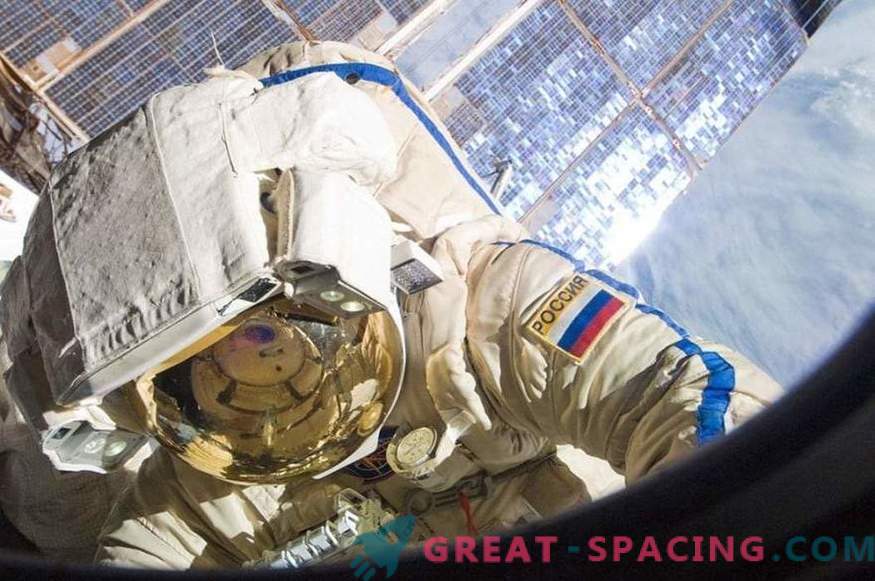
Usually, this problem is tactfully ignored, because people still fly only on the ISS. Missions last months, half a year and even more than a year. Therefore, some 6 days of suffering are perceived as a small fee for the opportunity to work in space.
But what happens when humanity decides to conquer the moon and Mars? The astronaut has to adapt first at the station, and when he returns to Earth, he will have to go through this hell again, because the organism is again set up to work with gravity. On the Red Planet, these jumps will reach the point that some victims of space sickness will not be able to stand on their own from the surface.
New Solution

Astronauts are tested on various devices, such as centrifuges, to determine their ability to adapt to microgravity. But the exact data still can not be obtained. Therefore, researchers from the Institute of Biomedical Problems of the Russian Academy of Sciences decided to develop a new device.
The design was called “Vega” and it has 2 main goals: to pre-select people with a predisposition to space disease, as well as reduce the duration and strength of symptoms. What is the essence of the installation? It was designed in such a way as to simulate the conditions of weightlessness on Earth and artificially cause symptoms. That is, there is a direct influence of cosmic conditions on the vestibular apparatus of the participant. True, the test is still not easy. The astronaut needs to lie horizontally in the apparatus, which performs the rotation (24 full revolutions per minute) along the longitudinal axis. The subject feels all the symptoms, and scientists can fix the highest possible level of discomfort and predisposition to the disease.
If a person suffers greatly, it is better to find another candidate. If the symptoms are mild, then additional training is appointed. If they used to take special medications (they are not suitable because of side effects, such as drowsiness), now they use a swivel chair, which strengthens the ability to resist and get used to new conditions more quickly.
Postscript
The Vega design is still going through an experimental period, but in the future it can be an excellent method for solving a problem. At least, on Mars or the Moon there will not be people who will not cope with a space illness. Researchers report that in more widespread use of technology can be used to solve problems with seasickness, as well as motion sickness in transport.



